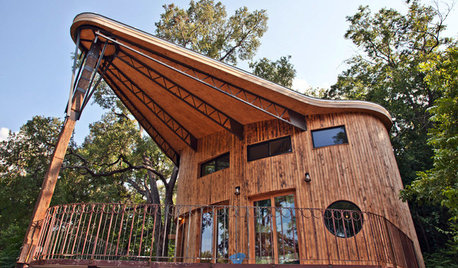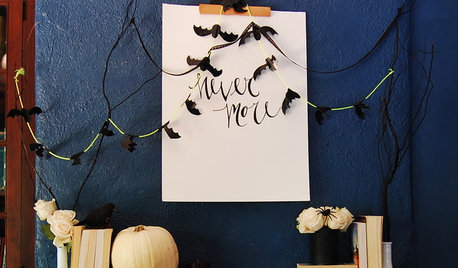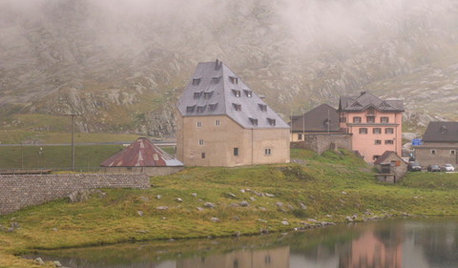Stuff raining down from hickory tree
easyworldjulia
10 years ago
Featured Answer
Sort by:Oldest
Comments (21)
Dave in NoVA • N. Virginia • zone 7A
10 years agolast modified: 9 years agoken_adrian Adrian MI cold Z5
10 years agolast modified: 9 years agoRelated Professionals
Brentwood Landscape Contractors · Peabody Landscape Contractors · Coeur d'Alene Landscape Contractors · Hurricane Landscape Contractors · Manhattan Landscape Contractors · Rockville Landscape Contractors · Siloam Springs Landscape Contractors · Rosemont Siding & Exteriors · Orange County Siding & Exteriors · Bellingham Decks, Patios & Outdoor Enclosures · Brooklyn Park Decks, Patios & Outdoor Enclosures · Grain Valley Decks, Patios & Outdoor Enclosures · Harrisburg Decks, Patios & Outdoor Enclosures · Huber Heights Decks, Patios & Outdoor Enclosures · Lake Morton-Berrydale Decks, Patios & Outdoor Enclosuresrhizo_1 (North AL) zone 7
10 years agolast modified: 9 years agoDzitmoidonc
10 years agolast modified: 9 years agoeasyworldjulia
10 years agolast modified: 9 years agobengz6westmd
10 years agolast modified: 9 years agoeasyworldjulia
10 years agolast modified: 9 years agobengz6westmd
10 years agolast modified: 9 years agosaccharum
10 years agolast modified: 9 years agomulchmama
10 years agolast modified: 9 years agoIris GW
10 years agolast modified: 9 years agoDzitmoidonc
10 years agolast modified: 9 years agoIris GW
10 years agolast modified: 9 years agosaccharum
10 years agolast modified: 9 years agomulchmama
10 years agolast modified: 9 years agoIris GW
10 years agolast modified: 9 years agoDzitmoidonc
10 years agolast modified: 9 years agosaccharum
10 years agolast modified: 9 years agodanbonsai
10 years agolast modified: 9 years agoeasyworldjulia
10 years agolast modified: 9 years ago
Related Stories

HOUSEPLANTSGet a Dash of the Rain Forest With Madagascar Dragon Tree
This living decoration reaches up to 15 feet, has minimal needs and adapts to different light levels — just steer clear of fluoride
Full Story
HOUZZ TOURSMy Houzz: A Reclaimed Wood House Rises From the Trees
Scorched siding, thoughtfully repurposed furnishings and a connection to both family and nature shine in this designer's new build
Full Story
HALLOWEENEasy Halloween Decorations From Stuff You Already Have
Go spooky or sophisticated with these DIY mantel decorations made from household items
Full Story
HOUZZ TOURSHouzz Tour: Unplugging From High Tech in a Texas Farmhouse
This simply styled home gives an Austin family all the warmth of comfort food and all the amenities of modern times
Full Story
FALL GARDENING6 Trees You'll Fall For
Don’t put down that spade! Autumn is the perfect time for planting these trees
Full Story
GARDENING GUIDESHow to Keep Your Trees Healthy
Ensure your trees’ vigor for years to come with these tips for protecting roots, watering effectively and more
Full Story
GREEN BUILDINGJust Add Water: Rain Barrel Magic
Take your rainwater storage from practical to beautiful with a new breed of design-friendly rain barrels
Full Story
HOUZZ TVHouzz TV: How to Install a Rain Barrel
This DIY tutorial shows how easy it can be to capture rainwater from your roof to use in your garden later
Full Story
ARCHITECTUREDesign Takeaways From a Simply Beautiful Swiss Hotel
Homes can take a hint from the modesty, purity and warmth of this new hotel in the Alps
Full Story
GREAT HOME PROJECTSHow to Tear Down That Concrete Patio
Clear the path for plantings or a more modern patio design by demolishing all or part of the concrete in your yard
Full StoryMore Discussions





bengz6westmd